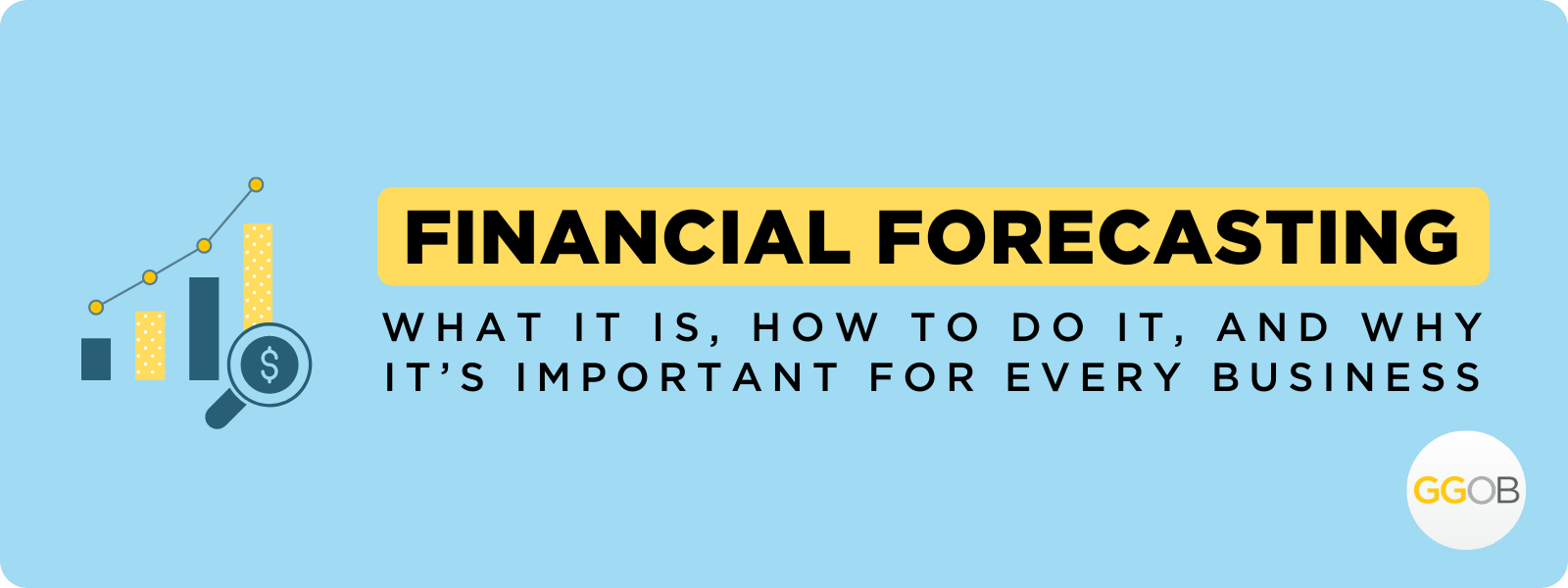The Dangers of Artificial Intelligence

Table of Contents
Artificial intelligence (AI) has the potential to transform industries and revolutionize the way we live and work. However, as with any new technology, there are also potential dangers and risks associated with AI. Since the release of Chat GPT in November 2022, AI has exploded and streamlined the way we use technology, but it is also a double-edged sword. In this blog post, we’ll explore some of the major dangers AI presents and how we can mitigate them.
-
Bias
AI systems are only as unbiased as the data they are trained on. If the data used to train an AI system is biased, then the system will also be biased. This can lead to unfair and discriminatory outcomes, such as the denial of loans or job opportunities based on demographic factors. To mitigate this danger, it’s essential to ensure that AI systems are trained on unbiased and diverse datasets.
-
Job displacement
AI has the potential to automate many jobs, which can lead to job displacement and unemployment. This is particularly concerning for workers in industries that are most susceptible to automation, such as manufacturing and transportation. To mitigate this danger, it’s important to invest in education and training programs that prepare workers for the jobs of the future.
-
Privacy and security
AI systems often rely on large amounts of data, which can raise privacy and security concerns. If AI systems are not properly secured, they can be vulnerable to cyberattacks and data breaches. This can lead to the exposure of sensitive personal and corporate data. To mitigate this danger, it’s important to implement robust security measures and ensure that AI systems comply with privacy regulations.
-
Unintended consequences
AI systems can have unintended consequences that are difficult to predict. For example, an AI system that is designed to optimize traffic flow could unintentionally lead to increased congestion in certain areas. To mitigate this danger, it’s essential to thoroughly test AI systems and consider the potential unintended consequences before deploying them.
-
Lack of human oversight
AI systems are only as effective as the humans that design and monitor them. If there is a lack of human oversight, then AI systems can make decisions that are harmful or unethical. To mitigate this danger, it’s important to ensure that humans are involved in the design and monitoring of AI systems and that there are mechanisms in place to intervene if necessary.
While AI has the potential to transform industries and improve our lives, it’s important to be aware of the potential dangers and risks associated with this technology. With the rise of scams, security breaches, and the potential of AI outsmarting the human race, now AI gurus, like Elon Musk, Noam Chomsky, and Geoffrey Hinton, are taking a combative stance against their own creation to warn of the dangers of it. In addition, the White House has invested $140 million into new AI research hubs prior to meeting with the AI experts about the dangers it presents to the nation as a whole.
So, will the development of artificial intelligence slow down? No one can know for certain, but we do know AI is a powerful tool in more ways than one, which is both a great and scary thing for the future. In the meantime, however, mitigating these dangers with unbiased data, education and training, robust security measures, testing, and human oversight can ensure that AI is used for the greater good.







